Magyar Szépmüvészeti Múzeum, Budapest
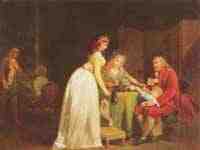
Visit to the Grandfather, Louis-Léopold Boilly
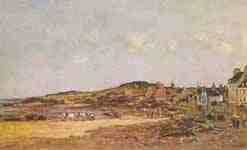
Portrieux, Eugène Boudin

Bacchus and Ceres with Nymphs and Satyrs, Sébastien Bourdon
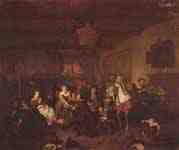
Merry Company, Richard Brakenburgh
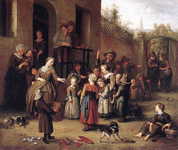
May Queen Festival, Richard Brakenburgh

Portrait of Scholar Petrus von Clapis, Barthel Bruyn the Elder

Portrait of Henri Groulart, Philippe de Champaigne
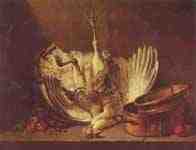
Still life with a suspended turkey, Jean-Baptiste Siméon Chardin
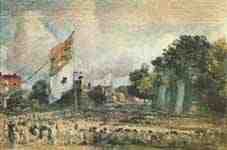
The Waterloo Festival in East Bergholt, John Constable
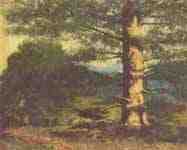
Landscape with tree, Gustave Courbet
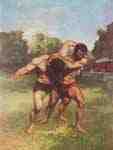
Wrestler, Gustave Courbet
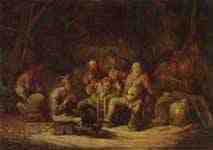
Peasants in the tavern, Benjamin Gerritsz. Cuyp
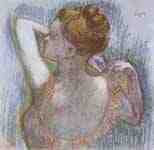
Dancer, Edgar Germain Hilaire Degas
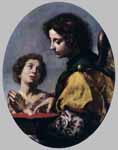
Guardian Angel Tutoring the Christian Child, Carlo Dolci
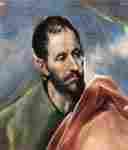
Study of a Man, El Greco
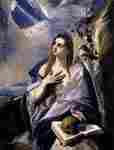
Mary Magdalen in Penitence, El Greco
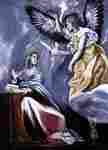
Annunciation, El Greco

The Disrobing of Christ, El Greco

Apostle St Andrew, El Greco
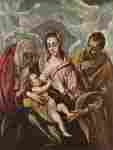
Holy Family with St Anne, El Greco
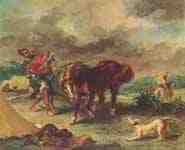
The Moroccan and his Horse, Eugene Delacroix
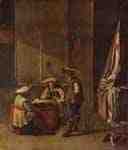
Guardhouse with soldiers playing cards, Jacob Duck
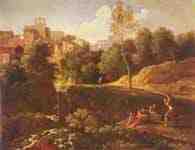
Ideal Landscape, Gaspard Dughet

Homestead, Jules Dupré

Tavern scene, Cornelis Dusart
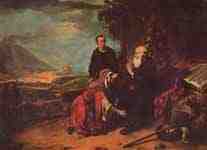
The Prophet Eliseus and the Shunammite, Gerbrand van den Eeckhout

The Presentation of Christ in the Temple, Gerbrand van den Eeckhout
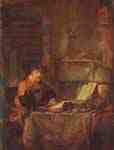
Scholar over his books, Gerbrand van den Eeckhout
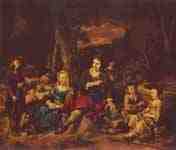
Portrait of a family, Gerbrand van den Eeckhout

Vertumnus and Pomona, Gerbrand van den Eeckhout
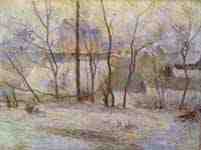
Garden in the Snow, Paul Gauguin
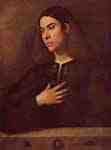
Portrait of Antonio Broccardo, Giorgione
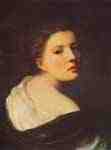
Portrait of a young girl, Jean-Baptiste Greuze
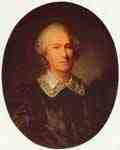
Portrait of Randon de Boisset, Oval, Jean-Baptiste Greuze
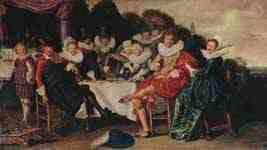
Amusing Party In The Open Air , Dirck Hals

Peasant Wedding, Frans Hals
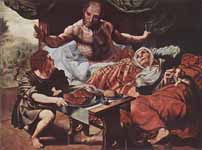
Isaac Blessing Jacob, Jan Sanders van Hemessen
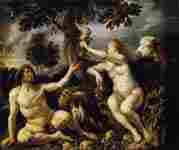
The Fall of Man, Jacob Jordaens
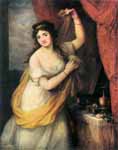
Portrait of a Woman, Angelika Kauffmann
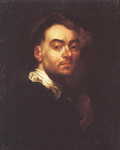
Self-Portrait, Jan Kupecký
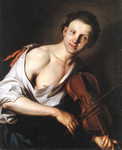
Young Man with a Violin, Jan Kupeck
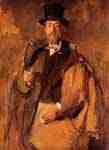
Portrait of the painter Paul von Szinyei - Merse, Wilhelm Maria Hubertus Leibl
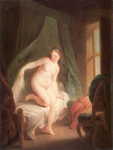
The Morning, Felix Ivo Leicher
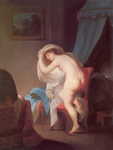
The Evening, Felix Ivo Leicher
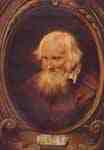
Portrait of Petrus Egidius de Morrion, Jan Lievens
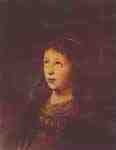
Portrait of a girl, Jan Lievens
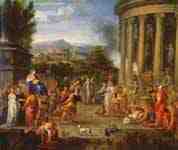
Kleobis and Biton, Nicolas Loir
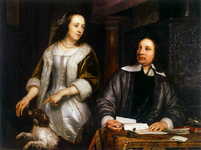
Portrait of a Couple, Jacob van Loo
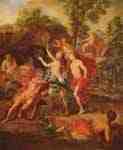
Apollo and Daphne, Jean-Baptiste van Loo
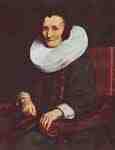
Portrait of Margaretha de Geer, Nicolaes Maes
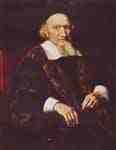
Portrait of Jacob Trip, Nicolaes Maes
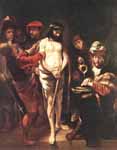
Christ before Pilate, Nicolaes Maes

Lady with fan, Edouard Manet
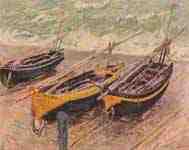
Barks from Etretat ( Three fishing boats ), Claude Monet
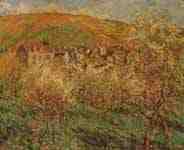
Blooming apple trees, Claude Monet
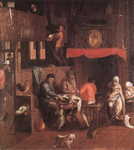
Netherlandish Household, Gillis Mostaert
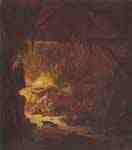
Interior of a farmhouse, Isaac van Ostade

Pig slaughter, Isaac van Ostade
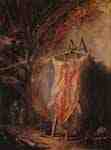
The Fissured Pig, Isaac van Ostade
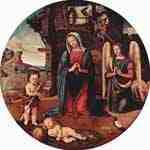
Adoration of the Child, Piero di Cosimo
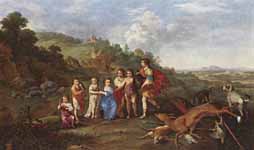
Children of Frederick V Prince Elector of Pfalz and King of Bohemia, Cornelis van Poelenburgh
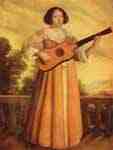
Guitar Player, Augustin Quesnel

Portrait of a young man, Raphael
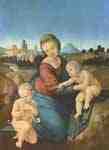
Madonna Esterházy, Raphael
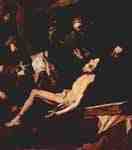
Martyrdom of St. Andrew, José de Ribera
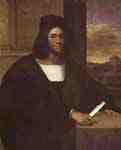
Portrait of a man, Sebastiano del Piombo
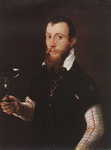
Portrait of Wilhelm Neythart, Jakob Seisenegger
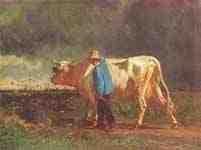
The cowherd, Constant Troyon
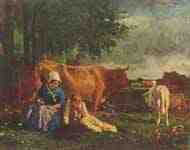
Shepherd scene, Constant Troyon
The Museum of Fine Arts (Hungarian: Szépművészeti Múzeum [ˈse̝ːpmyːve̝ːsɛti ˈmuːzeum]) is a museum in Heroes' Square, Budapest, Hungary, facing the Palace of Art.
It was built by the plans of Albert Schickedanz and Fülöp Herzog in an eclectic-neoclassical style, between 1900 and 1906. The museum's collection is made up of international art (other than Hungarian), including all periods of European art, and comprises more than 100,000 pieces. The collection is made up of various older additions such as those from Buda Castle, the Esterházy and Zichy estates, as well as donations from individual collectors. The Museum's collection is made up of six departments: Egyptian, Antique, Old sculpture gallery, Old painter gallery, Modern collection, Graphics collection. The institution celebrated its centenary in 2006.
On February 16, 2015, the museum closed to the public for renovation. It is expected to reopen in March 2018, after three years of work.[1] In the meantime, a selection of works are housed in the Hungarian National Gallery.
Collection and exhibits
Ancient Egyptian art
The gallery holds the second largest collection of Egyptian art in central Europe. It comprises a number of collections bought together by Hungarian Egyptologist Eduard Mahler in the 1930s. Subsequent digs in Egypt have expanded the collection. Some of the most interesting pieces are the painted mummy sarcophagi.
A corridor
Classical antiquities
The core of the collection was made up of pieces acquired from Paul Arndt, a classicist from Munich. The exhibition mainly includes works from Ancient Greece and Rome. Most significant is the 3rd century marble statue called the Budapest dancer. The Cyprean and Mycenaean collection is also notable, also the ceramics and bronzes.
Old master paintings (13th to 18th centuries)
The 3000 paintings in the collection offer an almost uninterrupted survey of the development of European painting from the 13th to the late 18th centuries. The core of the collection is constituted by the 700 paintings acquired from the Esterhazy estate. The collection is split up into Italian, German, Netherlandish, Flemish, French, English and Spanish art. The most important works include Maso di Banco's Coronation of the Virgin, Sassetta's Saint Thomas Aquinas at Prayer, Domenico Ghirlandaio's Saint Stephen Martyr, Gentile Bellini's Portrait of Caterina Cornaro, Giorgione's Portrait of a Young Man, Raphael's Esterhazy Madonna, Giambattista Pittoni's St Elizabeth Distributing Alms, Correggio's Madonna and Child with an Angel, three works by Sebastiano del Piombo, Bronzino's Adoration of the Shepherds as well as his Venus, Cupid and Jealousy, Romanino's Doge Agostino Barbarigo Handing over a Banner to Niccolo Orsini, Titian's Portrait of Doge Marcantonio Trevisani, Tintoretto's Supper at Emmaus, Tiepolo's St James the Greater in the Battle of Clavijo, Dürer's Portrait of a Young Man, Bernard van Orley's Portrait of Emperor Charles V, eight pictures by Lucas Cranach the Elder, Pieter Bruegel the Elder's St John the Baptist Preaching, Rubens's Mucius Scaevola Before Porsenna, two excellent portraits by Frans Hals, and a particularly strong collection of works by Spanish masters including El Greco, Velázquez and Goya.
Old Paintings gallery
St Elizabeth Distributing Alms by Giambattista Pittoni
Old Sculpture
The collection's main section is devoted to pieces from the Middle Ages to the 17th century. It was based on the Italian collection of Karoly Pulszky and Istvan Ferenczy's bronze collection. From the latter came one of the most treasured works, the small equestrian by Leonardo da Vinci. A number of painted wooden sculptures feature in the German and Austrian section.
Drawings and prints
The collection shows selected rotating exhibitions of its collection of 10,000 drawings and 100,000 prints originating mainly from the Esterhazy, Istvan Delhaes and Pal Majovsky acquisitions. All periods of European graphic art are richly represented. Important pieces include two studies by Leonardo da Vinci for the 'Battle of Anghiari', 15 drawings by Rembrandt, 200 pieces by Goya and French aquatints.
Art after 1800
The museum's collection of 19th- and 20th-century art is less significant than those found in other departments; it is a younger collection. The bulk of the painting is from the Biedermeier period and French art. From the latter are representatives of the Romantic period (Eugène Delacroix), the Barbizon school (Jean-Baptiste-Camille Corot, Gustave Courbet) and Impressionism (Édouard Manet, Claude Monet, Camille Pissarro, Pierre-Auguste Renoir, Henri de Toulouse-Lautrec). There is a large collection of sculptures by Auguste Rodin and Constantin Meunier.
Vasarely Museum
Hungarian artist Victor Vasarely donated a significant collection of his works to the gallery. These have found a permanent home outside the walls of the gallery at the Zichy mansion in Obuda. The two storey wing of the building is known as the Vasarely Museum and is the only one of its kind in eastern Europe.
Directors of the museum
1906–1914 Ernő Kammerer
1914–1935 Elek Petrovics
1935–1944 Dénes Csánky
1949–1952 Imre Oltványi
1952–1955 Ferenc Redő
1956–1964 Andor Pigler
1964–1984 Klára Garas
1984–1989 Ferenc Merényi
1989–2004 Miklós Mojzer
2004– László Baán
Budapest Museum Quarter project
In 2008, the director of the Museum of Fine Arts, László Baán, proposed the merging of his museum with that of the Hungarian National Gallery, due to the similar exhibition and collection profile of the two. Both (along with the Ludwig Museum of Contemporary Art) specialize in 20th century and contemporary fine art, much of which was created by Hungarian artists living overseas.[2] After his request to add an €18million underground extension to the Museum of Fine Arts — which would have united collections spread across the city — was denied in February 2011, Baán presented an alternative plan to the government to build two new buildings at the cost of €150m. He envisioned the new buildings — one housing contemporary European art and the other Hungarian photography — as a "special museum island" that would complement the Museum of Fine Arts and the Budapest Art Hall (Műcsarnok) by permanently joining the two collections by 2017.[3]
In September 2011, Secretary of State for Culture Géza Szőcs officially announced plans to build a new structure along Andrássy út close to City Park and near the existing Budapest Museum of Fine Arts and Budapest Art Hall (Műcsarnok). This building would house the collections of the current Hungarian National Gallery.[4] This expanded plan, which would utilize the entire boulevard, is also referred to as the Budapest Museum Quarter or Andrássy Quarter.[5]
In early December 2011, Ferenc Csák — director of the Hungarian National Gallery since 2010 and critical of the proposed merger of the gallery with the Museum of Fine Arts— called the merge process “[v]ery unprofessional, anti–democratic and short–sighted” and announced that he would resign at the end of 2011.[6] As of March 5, 2012, a new director had not been named and the Hungarian National Gallery was being led by Deputy General Director György Szűcs.[7]
Further reading
John Charles Van Dyke (1914), Vienna, Budapest: critical notes on the Imperial Gallery and Budapest Museum, New York: C. Scribner's Sons
The Budapest Museum of Fine Arts. Edited and with a preface by Klára Garas. Corvina, 1990.
See also
Hungarian art
Jozsef Borsos Portrait of Kristóf Hegedűs 1844.jpg
List of Hungarian painters
List of Hungarian sculptors
Hungarian National Gallery
Museum of Fine Arts
Hungarian National Gallery
Palace of Art
List of museums in Hungary
External links
(English) Museum website
(English) Museum.hu information
Aerial photographs of the museum
Coordinates: 47°30′58″N 19°04′35″E
References
Museum website, March 2015
Mélyi, József (3 November 2010). "Notes for a Budapest Museum Master Plan". Art Margins Online. Retrieved 2 February 2012.
Unwin, Richard (3 August 2011). "Budapest director's double vision for national museum". The Art Newspaper. Retrieved 2 February 2012.
MTI (3 October 2011). "Government commissioner appointed for planned "museum quarter" in Budapest". Realdeal.hu. Retrieved 29 February 2012.
Földes, András (15 September 2011). "Houdini-cirkusz es fiákerek az Andrássyn". index.hu. Retrieved 29 February 2012.
Unwin, Richard (7 December 2011). "Hungarian national gallery director resigns in protest". The Art Newspaper. Retrieved 5 March 2012.
"Contact". Hungarian National Gallery. Retrieved 5 March 2012.
----
Fine Art Prints | Greeting Cards | Phone Cases | Lifestyle | Face Masks | Men's , Women' Apparel | Home Decor | jigsaw puzzles | Notebooks | Tapestries | ...
----
Artist
A - B - C - D - E - F - G - H - I - J - K - L - M -
N - O - P - Q - R - S - T - U - V - W - X - Y - Z
Retrieved from "http://en.wikipedia.org/"
All text is available under the terms of the GNU Free Documentation License


